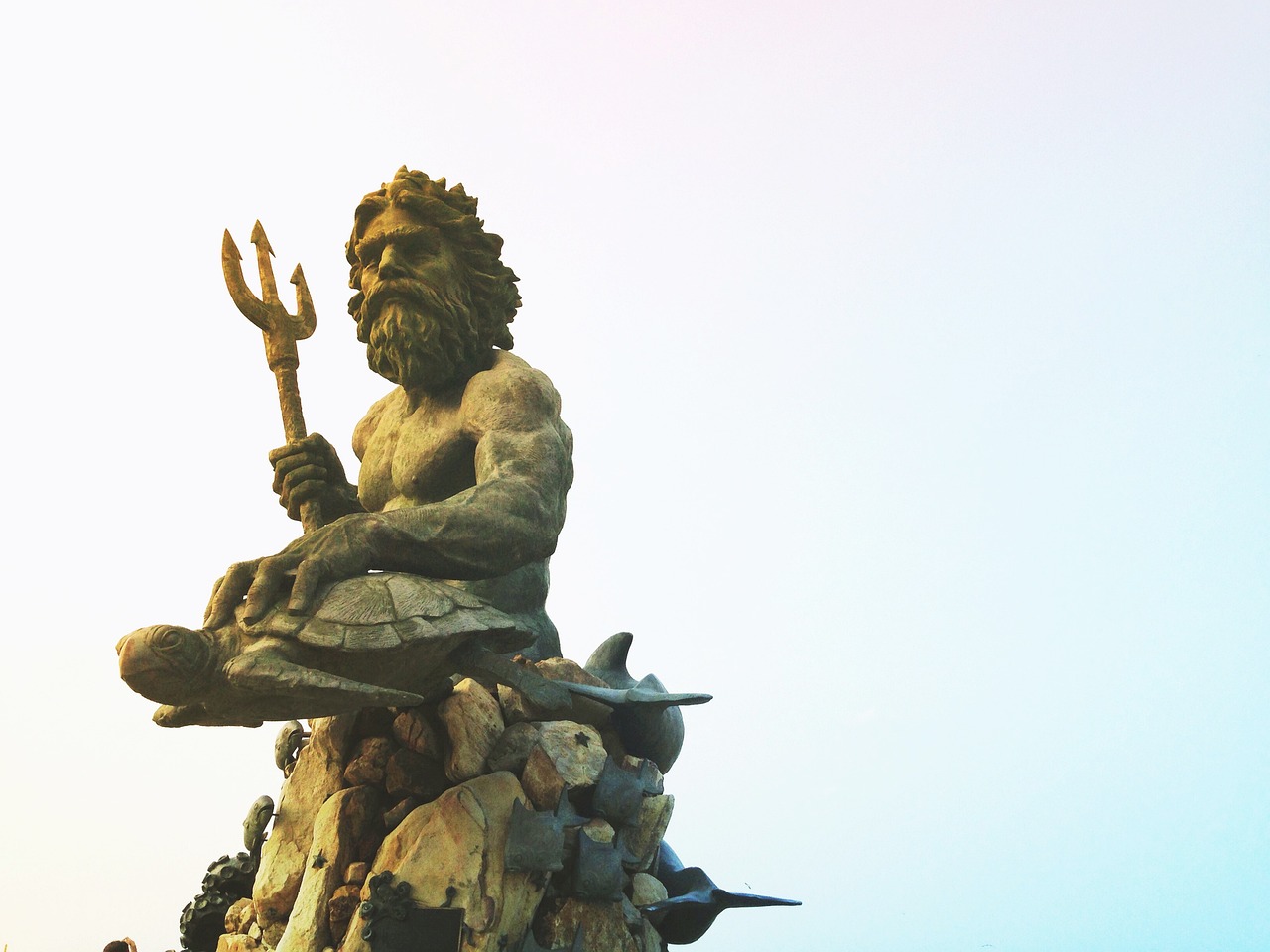Selene: The Moon Goddess of Greek Mythology
Selene, known as the Titan goddess of the Moon, was portrayed in ancient art as a captivating figure, often seen riding sidesaddle on a horse or guiding a chariot pulled by winged horses. Her lunar presence was symbolized by a crescent adorning her head, or the elegant folds of her shimmering cloak. In some depictions, she is illustrated with a team of oxen, her lunar crescent resembling the horns of a bull, highlighting her multifaceted nature.
Selene’s narrative is intricately tied to her profound love for the shepherd prince Endymion. Endymion was granted eternal youth and immortality by Zeus and placed into a sublime slumber within a cave on Mount Latmos. During the night, Selene visited him, illuminating the darkness with her divine presence. Though other goddesses were connected to the Moon, only Selene was uniquely envisioned as the Moon personified, revered by the ancient Greek poets.
Family Background of Selene
Selene was born to the Titans Hyperion and Theia and was the sister of Helios (the Sun) and Eos (the Dawn). Various accounts suggest her parentage includes different figures, with some texts mentioning her as the daughter of Hyperion and Euryphaessa, or as the offspring of Helios himself. She became the mother to several deities, including Pandeia and Ersa, through her unions with Zeus. Moreover, by Endymion, she bore fifty daughters, the Menai, also representing the lunar months.
The Mythological Legacy of Selene
Known by different names, including Mene and Luna, Selene was viewed as a divine embodiment of the Moon. Descriptions of her beauty were prevalent, depicting her with long wings and a golden diadem, as well as occasionally riding along the night sky in a chariot drawn by various creatures. Additionally, she was sometimes identified with Artemis, leading to a blend of worship for these two lunar figures.
Selene’s Role in Ancient Texts
Selene’s myth is narrated in numerous classical texts, including the Theogony of Hesiod, where she is recognized as one of Hyperion’s children, alongside her siblings. Various fragments from ancient poetry affirm her luminous depiction and integral link to aspects of nature and human experience, such as love and the cycles of life.
Selene and Her Offspring
Selene’s children included notable figures like Pandeia, Ersa, and the Menai. She was also credited with nurturing the growth of plants and animals through her lunar dew, highlighting her importance in natural cycles. Ancient writers often associated her with the nourishment provided by the moonlight, linking her to fertility and the agricultural calendar.
Relationships and Symbolism
Selene’s love story with Endymion is one of the most renowned tales in mythology, symbolizing eternal love and hidden beauty. Selene’s desire to be with Endymion led her to grant him an everlasting youth, as she was deeply captivated by his looks. In various versions of the myth, she would descend from the heavens to see him, reinforcing the connection between the Moon and romantic love.
Her encounters with other figures, such as Pan, also weave a rich narrative fabric, exemplifying the themes of desire and longing ingrained in Greek mythology. Over time, she came to embody not only the beauty of the night sky but also the complexities of love and longing that humans experience.
Cult and Worship
The worship of Selene was evident in various ancient cities, and her depictions adorned temples and public spaces. She was often celebrated in rituals tied to the lunar calendar, reflecting her significance in agricultural practices and seasonal festivals.
Selene’s Influence
Selene’s legacy stretches beyond her immediate mythological stories, influencing later representations of the Moon across cultures. Her character embodies the intersection of femininity and nature, illuminating how ancient societies understood and revered celestial phenomena and their impact on life on Earth.
Conclusion
In conclusion, Selene, as the embodiment of the Moon, represents a blend of beauty, love, and nature, deeply rooted in Greek mythology. Her mythological legacy continues to inspire awe and serve as a reminder of the connection between the cosmos and human experience.





